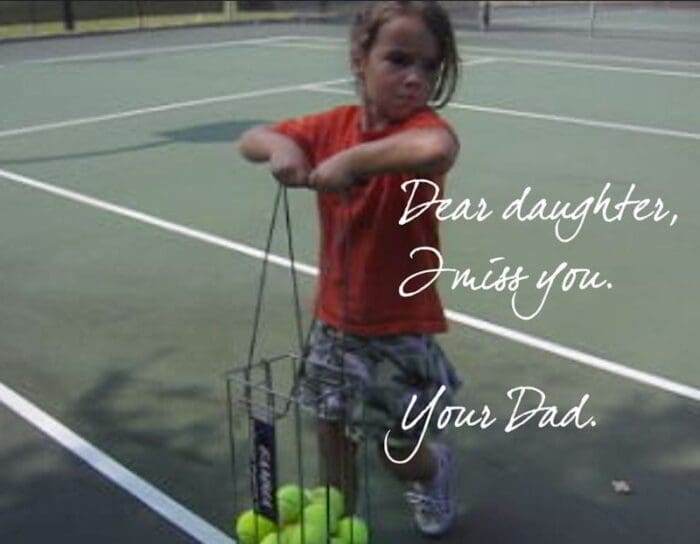I have not had many fights in my current relationship. It’s both wonderful and surprising. Couples do need to learn to have safe arguments, safe disagreements, and safe repair once the “issue” has passed. Brene Brown offers BRAVING as a roadmap for staying connected and safe in a close relationship. It is important to fight fair and well. The hierarchy of an argument offers another framework that can help you stay within the guardrails during a heated disagreement.

In addition to learning to argue well, we need to learn to repair well. This process will be part of your relationship forever. It’s a good idea to get the fundamentals of fighting agreed upon in your relationships. It’s easy enough for one party to maintain a fair and balanced approach while being belittled and embattled at every step. It’s not the way forward, however, and a poorly orchestrated argument can do a lot of damage. Let’s work to keep our fighting style within the top three levels of the hierarchy.
Fighting Within Your Own Hula Hoop
Fighting is not a matter of winning your point. It’s not about power and control, or dominance. If you are in a loving partnership, fighting is a way of resetting some ideas or disagreements. The point is not to WIN, the point is to UNDERSTAND. LISTEN.
Here’s how The Container Method works.
- One person (The Giver) states their grievance.
- The Listener does not argue. The listener can ask for clarification. But, the point of being in the container is so the listener can focus on what the other person is upset about, without working up their defense or their counterattack.
- The listener repeats the major points of the issue until the giver has rested their case.
- “Is there more?” is a great way for the listener to encourage additional tidbits of the issue.
- When the dust has settled and a moment of pause is achieved, the couple is ready for the switch.
- The listener becomes the giver and states their own side of the story. (not an attack or a rebuttal of their partner’s case)
- It is difficult to remain a neutral listener when anger is involved. Try and listen without facial expressions or eye rolls. Just be a listener.
- Ask clarifying questions until you can state the other person’s grievance in a way that affirms their feelings and observations.
- Ask, “Is there more?”
- Sometimes, this process works out the kinks without a lot of negotiation. If there is a requested change or adjustment and both parties agree, the argument is over and has been effective.
When Negotiations Breakdown
Sometimes, the heat of an argument will begin to push one or both parties into the red zone. If either participant becomes too overwhelmed (anger, sadness, hopelessness) it’s time to take a break. Here’s how that might look.
Giver: “And then you said you were leaving, and I thought you meant me. I got scared.”
Listener: (holds up a hand for a pause) “Can we pause? I’m getting overwhelmed. I need a 15-minute break.”
It’s okay if the break needs to be longer. Here’s what BRAVING looks like at this moment.
- “Hey, can we take a break?”
- Both people agree to a recess and set a target timeframe for revisiting the complaint.
- The overstimulated partner can then take personal action to alleviate their own upset (self-soothing)
And here is the outline for Brene Brown’s processing framework.

Once you buy into this framework, you can begin to see how your judgment could be the heart of the matter. Letting go of judgment is one of the hardest parts. It’s also the most essential step to moving both of you back into the loving connection you desire. You have to BOTH be ready for the REPAIR.
Repairing Your Commitment and Relationship
Here’s how the repair might look if I am the offending party.
“I am sorry I acted out of character, I was scared. I take responsibility for my own shutdown and frustration. I have taken some time to understand what was going on for me, and I can agree to approach this issue more constructively if it comes up again. I will do better.”
It’s important for both parties to be settled back into the safety of their cooperative future. “Thank you,” is the best response. It can be tempting for either person to want to tag on “one more thing,” but don’t. This is the safety part of BRAVING. You learn to be more compassionate, to keep your own *epic* issues under self-management, and to work with a professional if the same issue keeps harming your partnership.
The repair is essential for a safe reconnection. In a securely attached relationship, this process is difficult. If there are deeper insecurities (identified or unidentified) within either person, it’s important that they take the responsibility to do whatever it takes to get both people back to a safe and loving connection.
It’s easier said than done. It takes practice.
Once you’ve found your fair fighting balance in a relationship you can move on to higher forms of communication. Keep your arguments safe. Keep your *epic* issues out of the fight as much as you can. And when an *epic* continues to raise its ugly head, make a commitment to do whatever it takes to resolve the deeper issue you are wrestling with, so you can return to being in a safe and loving relationship.
It’s up to both of you. Either person can call for a “container” when things begin getting heated. As you both learn to fight with clarity and empathy, you will both feel more secure in the partnership. It’s important to feel secure so that both of you can raise minor issues long before they become major arguments. That’s the beauty of BRAVING and the boundary of using containers in a heated argument.
Agree to stick to the BRAVING philosophy. And when things get heated, either person can ask for a “container.” It becomes a comforting ask, rather than an escalation. “Can we do this in a container?” You might ask. This one practice can build trust and safety for both of you. We all want to be seen and heard. The container can provide a safety net for both of you when things begin to get emotionally hot.
Braving and containers are both forms of self-care. Knowing what you need and what you want is as important as being able to express your desires. Learning to hear your partner’s needs in a safe and loving environment is the goal of any relationship. First, we listen to understand. Second, we confirm our understanding by reflecting their points back to them. Finally, we take responsibility for our own actions, our own reactions, and our own *epic* issues. We are together to heal ourselves. And healing ourselves makes our love relationships better and better.
Your ability to find and keep love is equal to your ability to navigate your own issues and ask for a time out when those issues become barriers to the loving and intimate relationship you’ve always wanted. You both have to build the perfect partnership. And it’s a lifetime commitment to loving each other with more honesty and clarity than we’ve ever known. That’s when you know.
A secure love relationship feels different. You deserve that warm and safe embrace. So does your partner.
Namasté,
John McElhenney – life coach austin texas
Facebook | Instagram | Pinterest | @wholeparent
related posts:
- Self-Care and Fitness: How You Treat Yourself Says More than You Think
- One Big Love: A Quest Fulfilled
- The Good Dad’s Journey Through Divorce
Reference:
- Braving the Wilderness: The Quest for True Belonging and the Courage to Stand Alone – Brené Brown
You can find all of my books on AMAZON.











